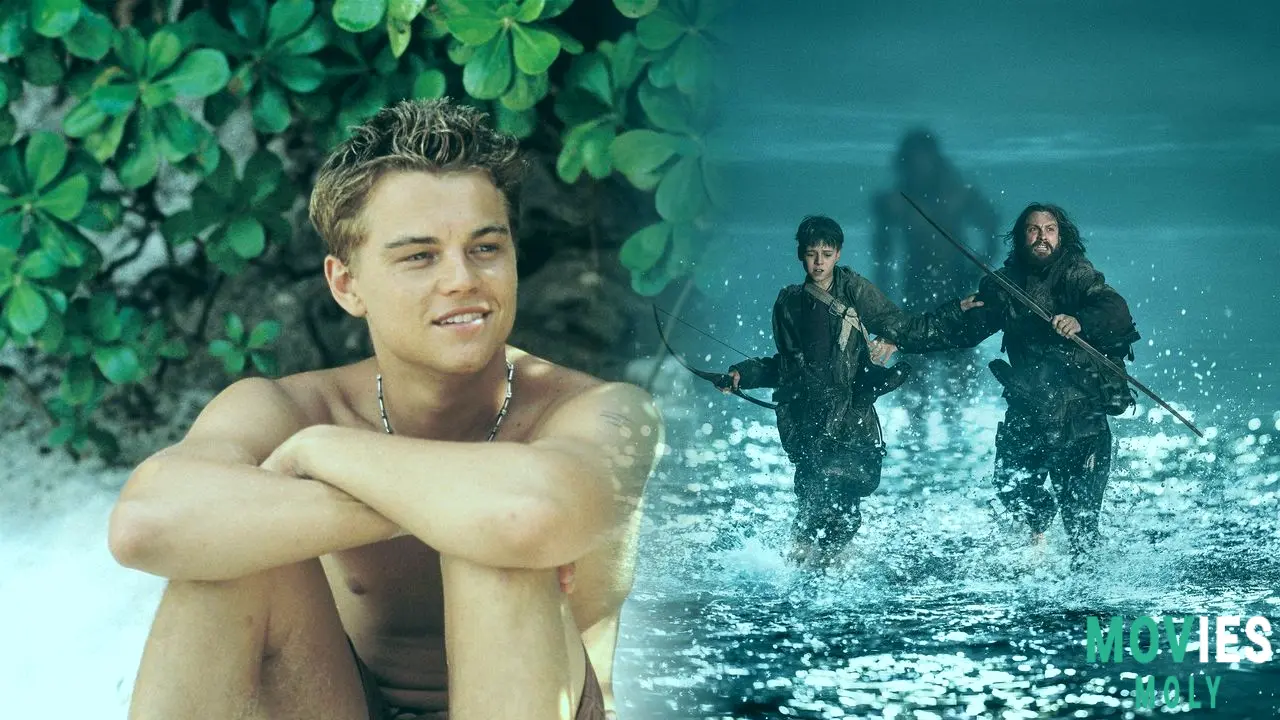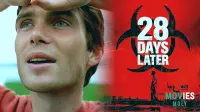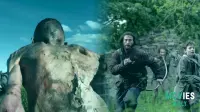We all know about 28 Days Later, right? Danny Boyle's horror film from more than two decades ago shook up the zombie genre. It made viewers think about a world coming apart and how desperate individuals may get. With new films like 28 Years Later on the way, people are reminiscing about the beginning. But what if I told you that the simple title of the first film had an unexpected origin? How did many of us miss out for so long?
The truth was revealed during a recent Sony event for the upcoming film. Boyle gently revealed some intriguing trivia. According to Cinemablend, the title was inspired by the fact that returning things used to always result in the same outcome. You have 28 days to return this item, get your money back, or anything like that. It was a regular usage scenario." So far, everything appears to be fairly simple. Is there more to it?
Most of us assumed the title indicated that Cillian Murphy's Jim, who does not appear in 28 Years Later, awoke from his coma after 28 days. When you think about it, the concept of a consumer return policy might be more than just a truth. It might be seen as a deadline, not for returning a faulty item, but for humanity's final chance to save the world from extinction. If you look at it this way, the scenario in which Jim and his companions search for food in a supermarket becomes more compelling. They're scavenging to keep alive. They are also involved in a warped version of shopping. However, the return window is now permanently closed.
The Unexpected Everyday Rule That Inspired the Famous 28 Days Later Title.How A Simple Consumer Policy Provides The Film With A Clever Layer Of Deep Meaning
When money has no value, the 28-day timeframe for obtaining it back is rendered pointless. Society has gone apart. Everything else pales in comparison to the drive to survive. The title also conveys the film's thoughts on time and what comes next. Just as customers have a limited amount of time to identify a flaw in a product and have it rectified, humanity has a limited amount of time to see the indications of calamity and take action. The Rage Virus spreads at the same rate as a missed return date. Once that time has passed, there is no going back.
This link between purchasing something and a dreadful end-of-the-world narrative may reflect Boyle's views on how unstable modern society is. The institutions we rely on, such as shop assurances, political frameworks, and social rules, all operate under the assumption that things will continue and we can trust them. Take away such assumptions, and civilization crumbles as quickly as an infected individual succumbs to the wrath. The 28-day return policy is the last vestige of a world in which problems could be resolved through established channels and formal procedures.
The temporal component also reflects the film's perspective on cycles and starting over. Store return policies exist because corporations understand that things may not always perform properly. Second chances are necessary to keep individuals coming back. But what happens when the system fails so catastrophically that no return policy can resolve the issue? What happens when the infected are unable to recover to their previous state? There will be no reimbursement for humanity's losses. The survivors cannot simply stroll into a store and exchange their traumatic experiences for something better.
Why Danny Boyle insisted on "The Infected" rather than "Zombies" in his groundbreaking horror film
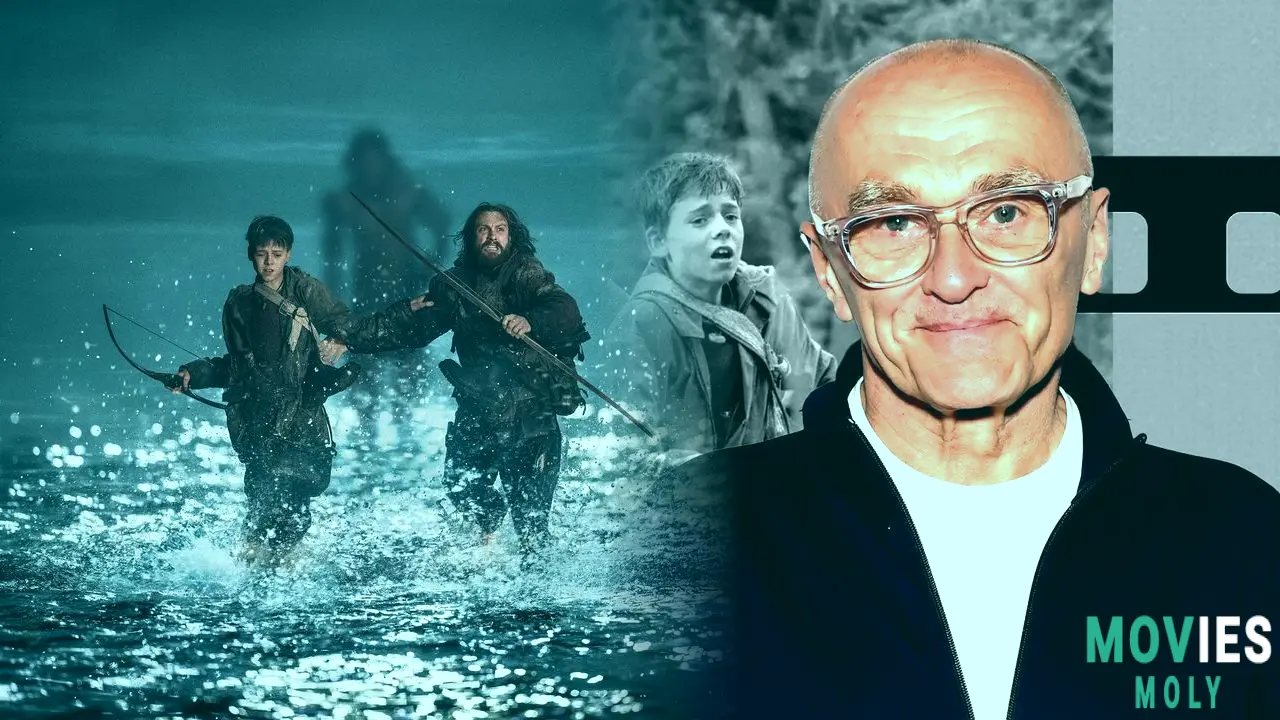
How A Simple Word Choice Helped Reshape The Entire Genre And Set His Film Apart.
In 28 Days Later, the horrific creatures are known as "the infected." This may appear to be a little element, but director Danny Boyle has always placed a high value on language. He has returned to helm the highly anticipated third installment in the series, 28 Years Later, about a quarter of a century after releasing his first picture.
"We had this idea: 'No, they're not zombies. "They are infected," he says. "We wanted them to behave differently physically, but they were not undead. They could and will die, but if they capture you, you will as well.
Regardless of what you called them, 28 Days Later was a huge hit. Boyle's collaboration with writer Alex Garland spread like wildfire once it premiered in UK theaters in November 2002 and then in the United States the following June. It grossed nearly $80 million globally despite costing only roughly $8 million to produce. Boyle's film revitalized the horror genre by altering how the creatures moved. They were no longer the slow-moving monsters popularized by George A. Romero's 1968 film The Night of the Living Dead. Instead, these were hostile monsters capable of chasing at scary speeds. "It made a lot of sense that they would be much scarier if they could move at enormous speed," Boyle tells me. "But, at the time, that was quite a radical change."
Boyle shot 28 Days' abandoned London scenes in July 2001, just over a month before the 9/11 tragedy. He claims that the events surrounding its release altered the overall feel of the film. "It was the first film that came out after that was really about citywide terror and the idea that these cities, which seem so incredibly permanent and magnificent and powerful, could be changed just like that," according to him. "They could be deprived of the reason they need to be there, which is the people. Cities without humans make no sense. So that's one of the reasons we fought the term 'zombie,' because it allowed us to define ourselves."
Danny Boyle's long-awaited return and the ambitious plan for a new trilogy
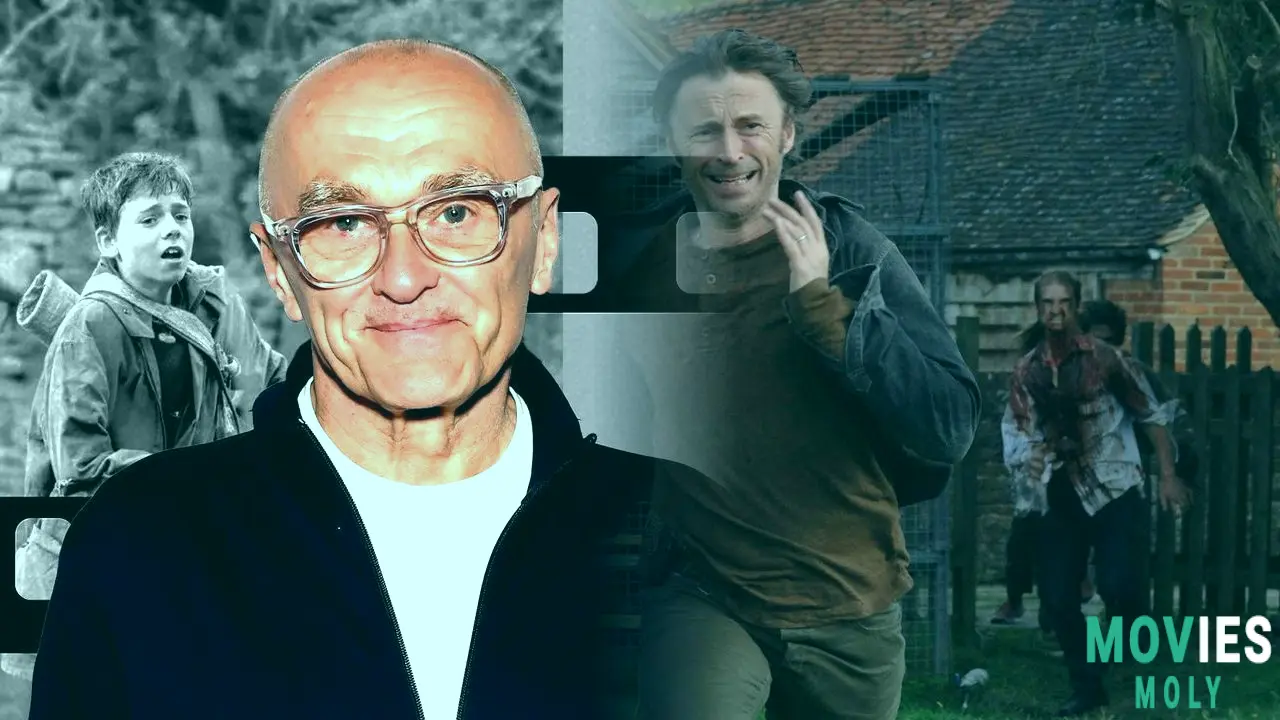
How a 20th anniversary screening sparked the idea for three further films in the horror series.
After more than two decades, Danny Boyle has finally answered the crucial question: What occurred after the apocalypse? Boyle and writer Alex Garland had previously attempted to have sequels done, but nothing stuck. Boyle realized how much people still cared about the picture when the British picture Institute asked him to a Q&A session for a 20th anniversary showing of 28 Days Later in 2022.
"I showed up and it was a packed theater," Boyle told Business Insider. "I was shocked. You could feel the audience's excitement while watching it. I texted Alex thereafter, telling him there was still a demand for this. So he came up with an idea.
Garland's concept evolved into the film 28 Years Later, which opened on June 20. This film explores a small island village in England. This group has learnt to live in seclusion 28 years after the Rage Virus swept over the country. However, when Jamie (Aaron Taylor-Johnson) and his 12-year-old son Spike (Alfie Williams) venture to the mainland, they discover fresh alterations to the virus as well as other survivors with their own terrifying methods of survival. While the cast of 28 Years Later is entirely fresh, Boyle is only getting started. He is also a producer on the upcoming sequel, 28 Years Later: The Bone Temple, out in January. Nia DaCosta, the director, began filming immediately after 28 Years Later was completed. Boyle will also direct the third picture in this new series of films. He teases that there will be "a bigger story about redemption" and focus on Cillian Murphy's Jim, bringing the series full circle. This seems like an excellent concept for lovers of the original.
The story of the new film was inspired in part by Brexit, the UK's exit from the European Union. Boyle describes this as the country "looking backwards." However, the film's depiction of how civilization might rebuild itself after a horrific disaster was heavily informed by the COVID-19 epidemic. "When COVID first happened, we wore gloves, we disinfected groceries," according to him. "But, over time, you begin to take more risks. You don't stay in that high-alert state. You evolve. And so it is in 28 years. They start to take chances. Jamie takes his 12-year-old son to the mainland, even though his mother says it's "f-cking crazy."
Isla's concerns about Spike being away from home are valid. The infected are still widespread. The infection operated like a steroid on some people, making them grow larger and stronger. These are the Alphas. "The virus is alive, so it will mutate," Boyle explains. "Because it expends so much energy in individuals, it has discovered hosts who have learnt to hunt in order to replenish that energy. When you hunt, you organize. So they've started hunting in packs, led by Alphas. These powerful impulses expand on Garland and Boyle's diseased creatures. They are not just mindless zombies looking for brains. They pose a far more frightening threat to Spike and his people.
Why This Enduring Franchise Still Captures Audiences After Over Two Decades
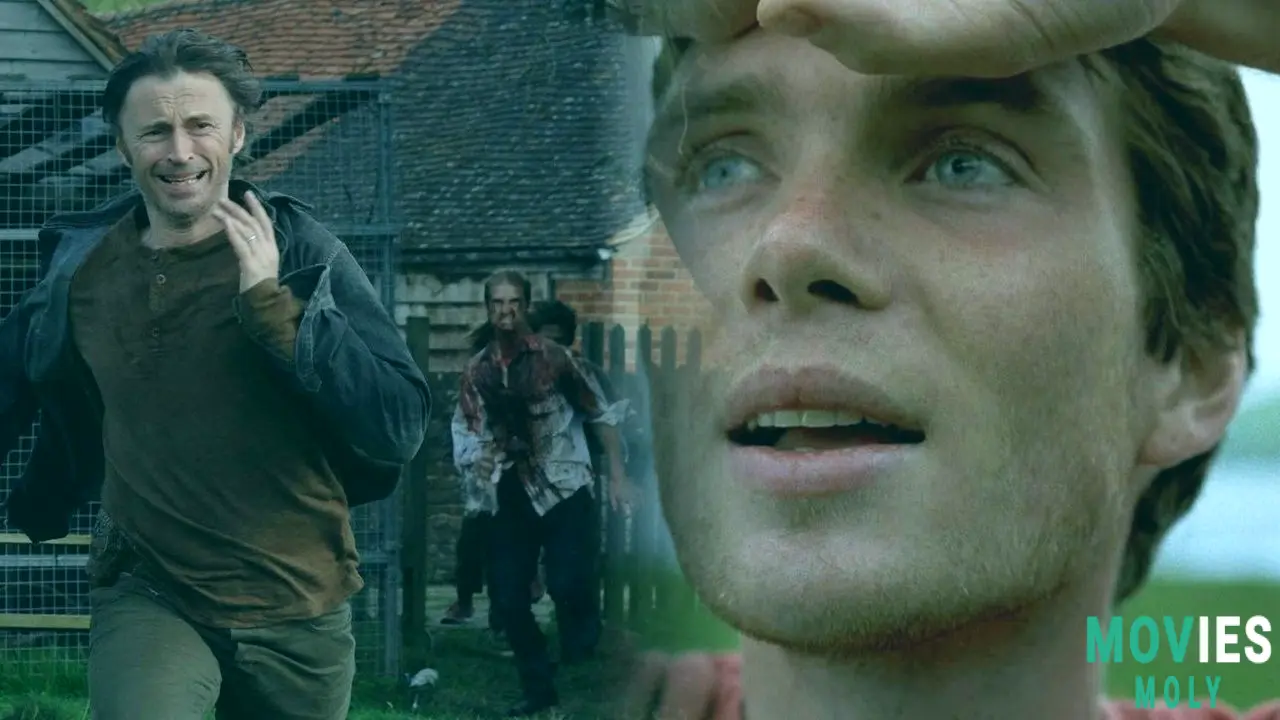
Reflecting On Danny Boyle's Unique Approach To Storytelling And The Enduring Appeal Of His Horror Vision
The fact that 28 Years Later is performing well, with high trailer views and ticket presales, demonstrates that people still desire this series. Boyle hadn't done anything resembling a zombie film in the 23 years since 28 Days Later. He went on to direct films such as Millions, Slumdog Millionaire (which won an Oscar for Best Picture), and Steve Jobs. Some people may believe there is no apparent line connecting Boyle's many works. However, a French journalist once informed him otherwise.
"I was absolutely convinced that every film I made was completely different," he admits. "Then I met a French journalist who said, 'All your films are the same. You have a protagonist, usually invariably a man, who faces tremendous odds before overcoming them. And that is true."
This time, the road to overcome such issues will span three films. Boyle and Garland concluded that the rest of the story should be told over three films. "This notion came up of three pictures that are complete and rewarding in their own right, but are related," Boyle explains." "There's a character arc that runs throughout." So, while each film is enjoyable on its own, they also contribute to a larger narrative. Nia DaCosta will helm the second film, 28 Years Later: The Bone Temple. Boyle claims that this decision was intended to "break up the boys' club."
The Bone Temple was filmed immediately after its predecessor. It is expected to be released in January 2026. Boyle will return to direct the third picture. This suggests a strong conclusion to the new series. After all this time and two more films to go, does Boyle care what people call his horror masterpiece? "You can call it whatever you like," he tells me. "I just hope you enjoy it, and you feel it deserves to be there." I believe it does.

